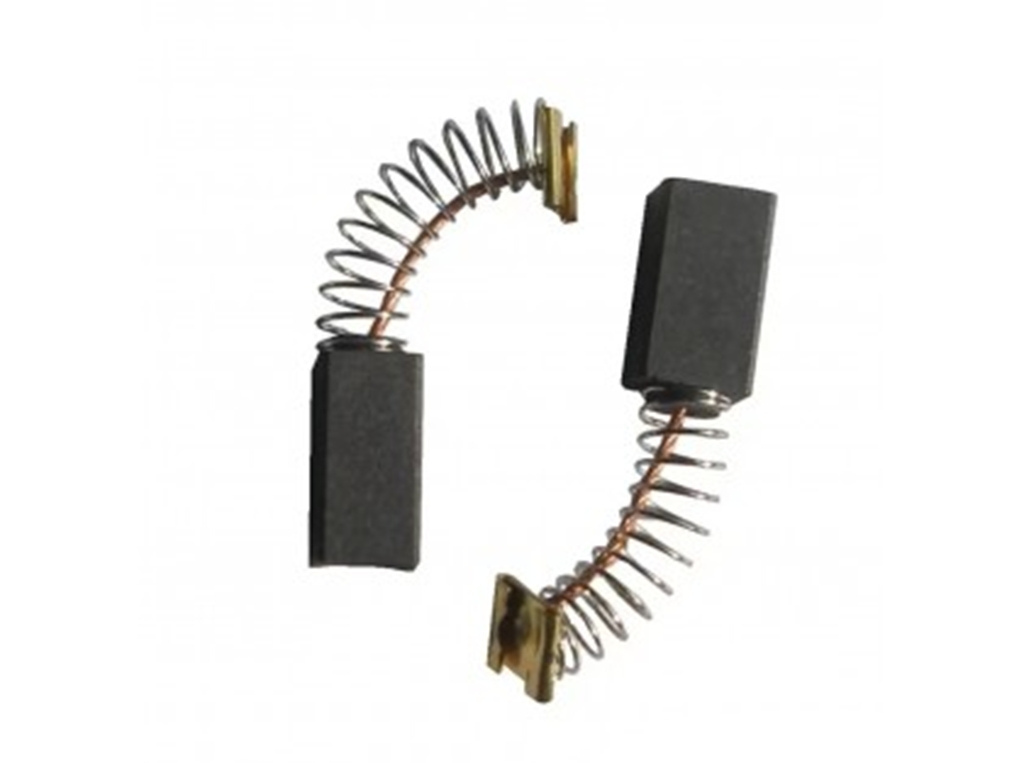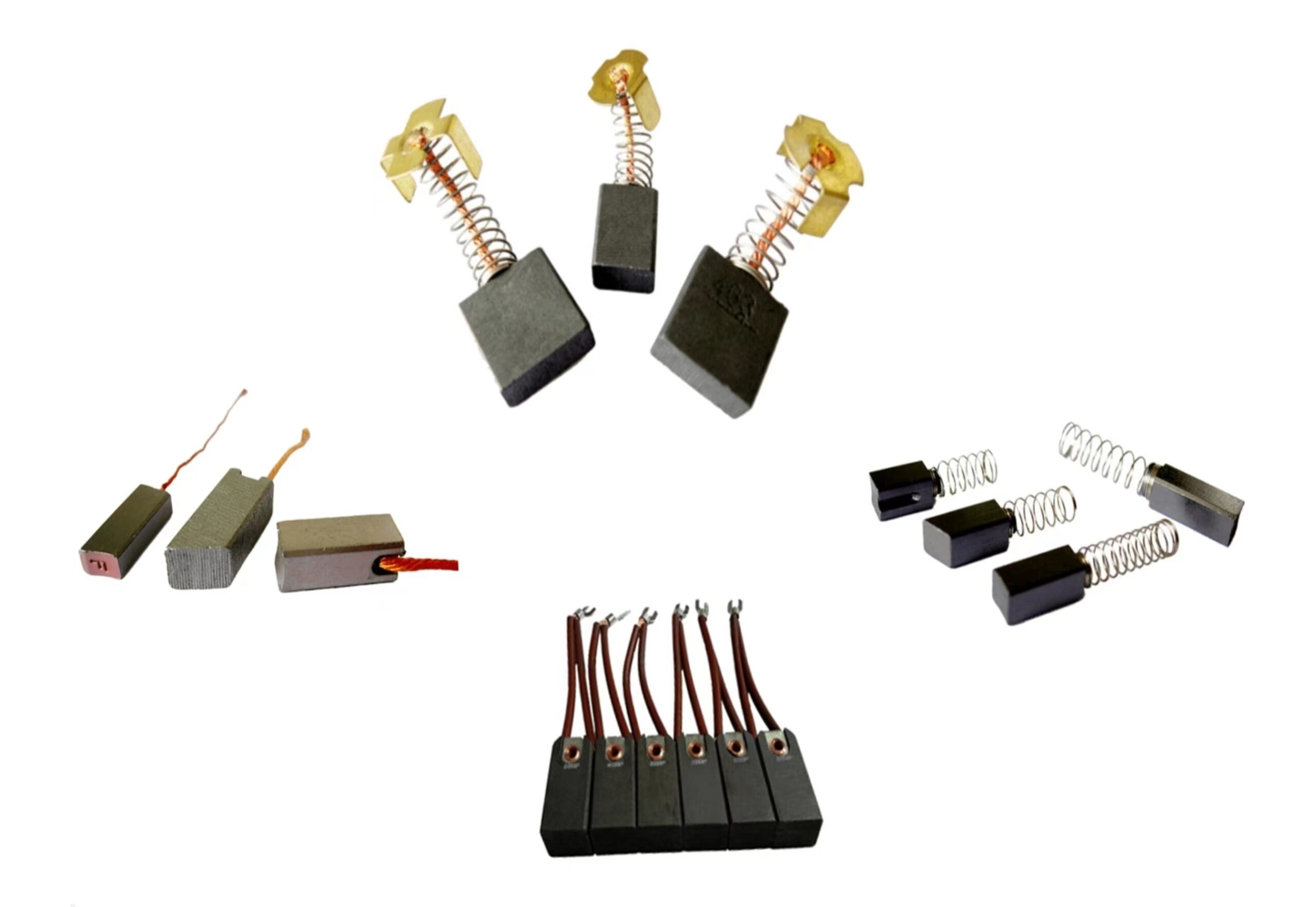Description
Depending on the raw materials and binders used, there are different types of carbon brush:
- Graphite Brush: Created using graphite powder as the base and pitch or resin as a binder, these brushes undergo mixing, pressing, and roasting.
- Carbon-Graphite Brush: Made from a blend of coke and graphite, with asphalt serving as a binder, these brushes are produced through roasting.
- Electrochemical Graphite Brush: These brushes use coke powder or graphite powder as raw materials, combined with asphalt as a binder. They go through mixing, pressing, roasting, and graphitization.
- Metal Graphite Brush: Formed by pressing and sintering a mixture of metal powder and graphite powder. These brushes offer unique properties that make them suitable for specific applications.
Working Mechanism of Carbon Brush
The Process of Electrical Transfer
Carbon brushes are crucial in transferring electrical current between stationary and rotating parts of an electric machine. They use a series of spring-loaded contacts connected to the power source. The current flows through the fixed contact, typically composed of metal or graphite, and the rotating contact, usually crafted from carbon-based material.
When the two contacts meet, the electric current is transferred, and the motor starts running. Furthermore, carbon brushes help to mitigate the risk of sparking and arcing, thanks to the spring-loaded contacts, thereby enhancing the longevity and safety of the motor. You can find these essential components in DC motors of various voltages, including those in steel rolling equipment, automobile engines, and home appliances.
Unique Properties of Carbon Brush
What Sets Carbon Brushes Apart?
Carbon brushes boast a set of unique characteristics, making them invaluable across numerous applications:
- High-Temperature Stability: Unlike certain materials, carbon brushes do not melt at high temperatures. They do not affect the metal they interface with, even during sliding contact.
- Self-Lubrication: They display self-lubricating properties in the presence of moisture or oxygen. This trait helps reduce friction and enhance the operational lifespan of the machines in which they are used.
- Chemical Stability: Carbon brushes possess excellent chemical stability. This means they don’t easily react with other substances, ensuring a longer lifespan and more consistent performance.
- Good Electrical Resistance: They exhibit solid electrical resistance, a crucial factor in effectively managing electrical current transfer.
- Abrasion Resistance: One of the notable features of carbon brushes is their resistance to wear and tear. Their abrasion-resistant nature ensures they can function effectively over extended periods.
In conclusion
The unique properties and diverse types of carbon brushes make them an indispensable component in a wide array of electrical machines and applications. They provide reliable and efficient solutions for current transfer in electric motors, from high-temperature stability to self-lubrication and good electrical resistance.







